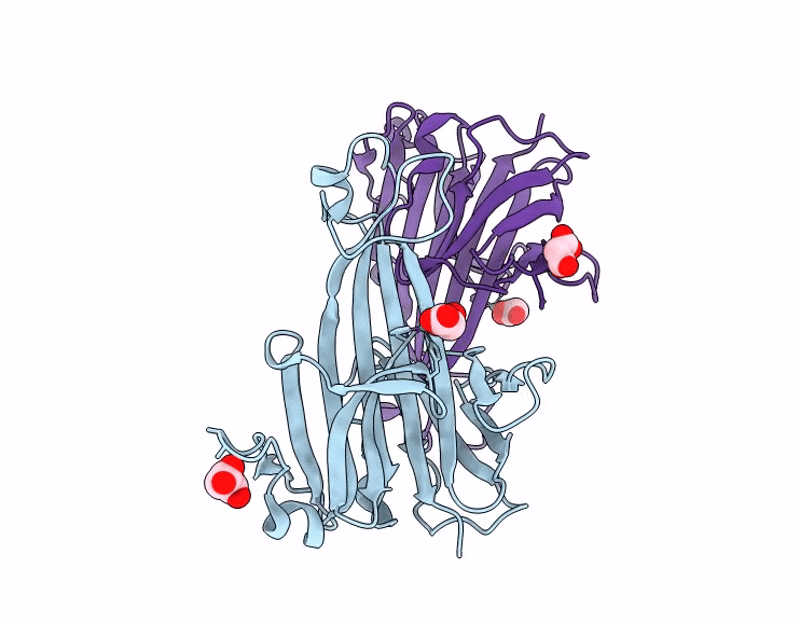
Deposition Date
2024-08-01
Release Date
2025-09-10
Last Version Date
2025-10-29
Entry Detail
PDB ID:
9GCB
Keywords:
Title:
DUF4198 protein from Ideonella sakaiensis with Ni bound
Biological Source:
Source Organism:
Piscinibacter sakaiensis (Taxon ID: 1547922)
Host Organism:
Method Details:
Experimental Method:
Resolution:
1.44 Å
R-Value Free:
0.18
R-Value Work:
0.12
Space Group:
P 1


